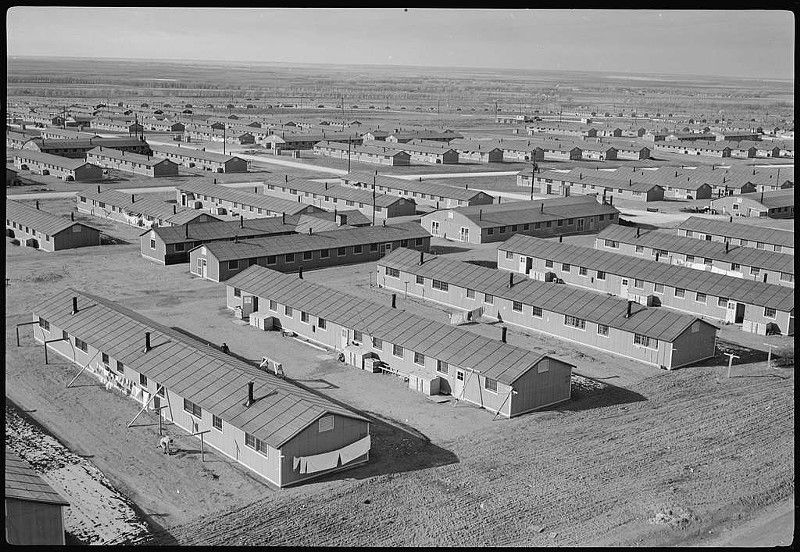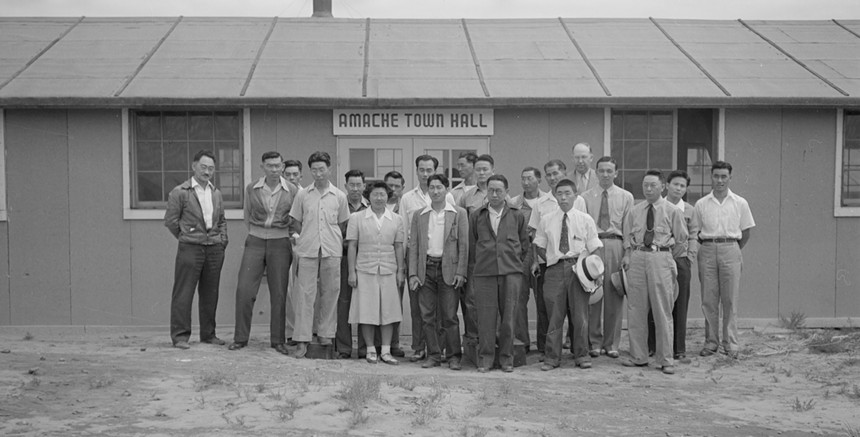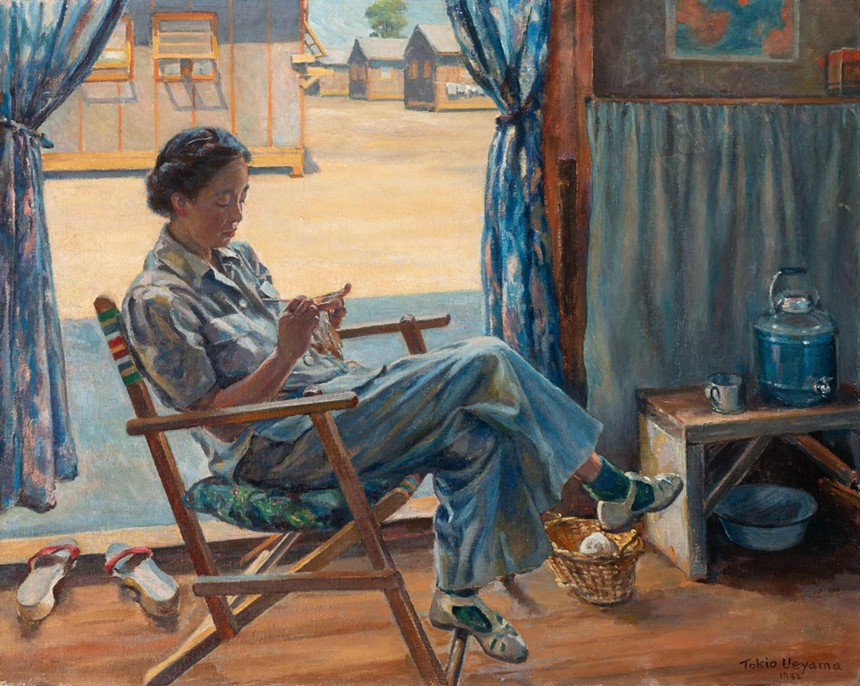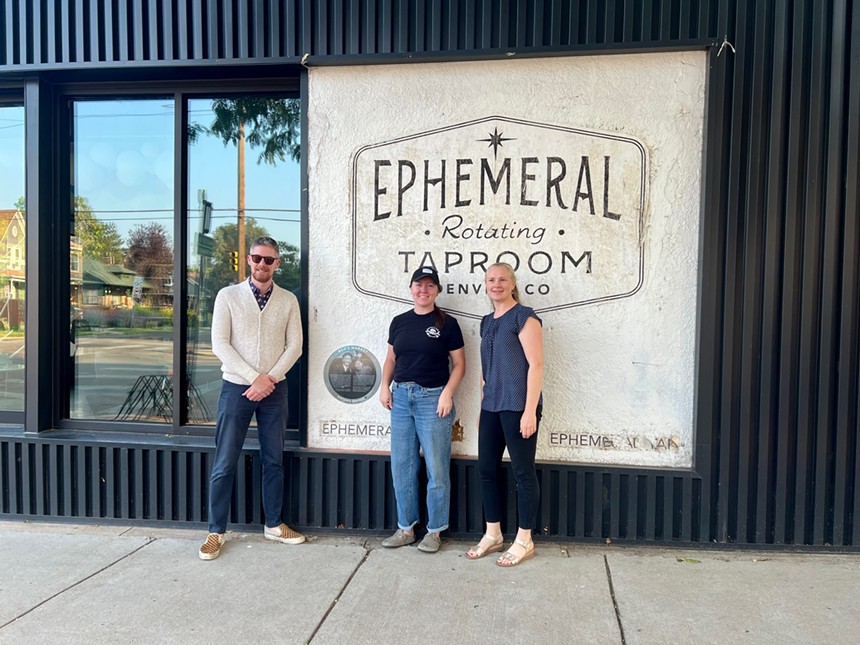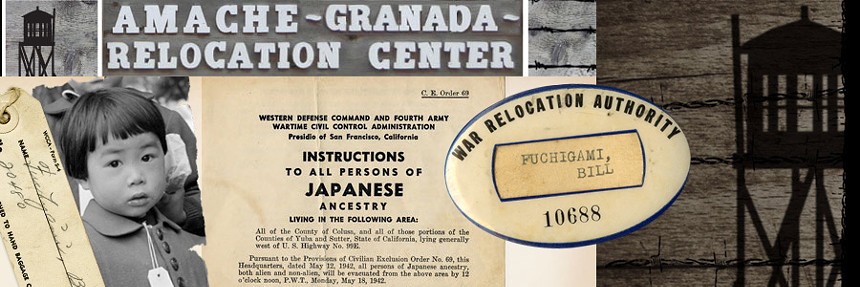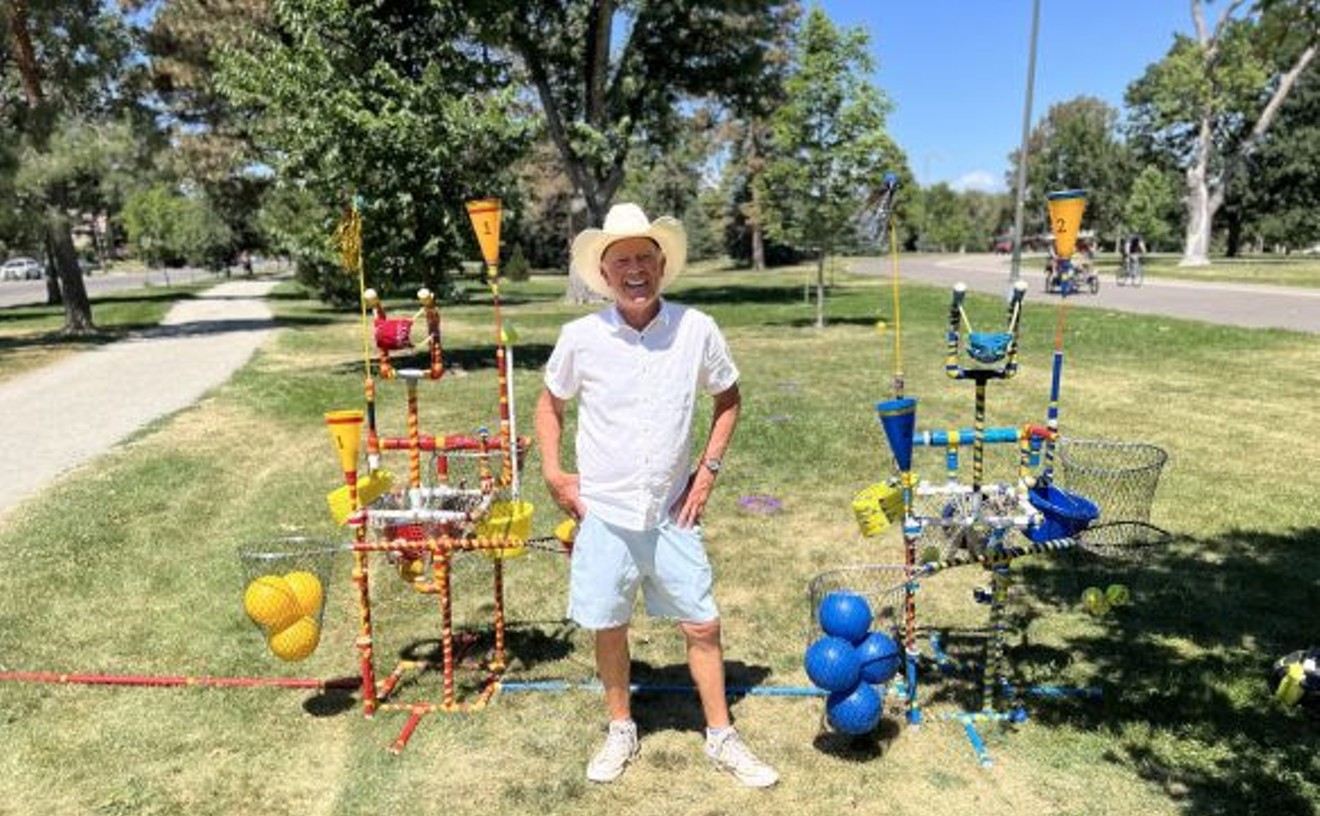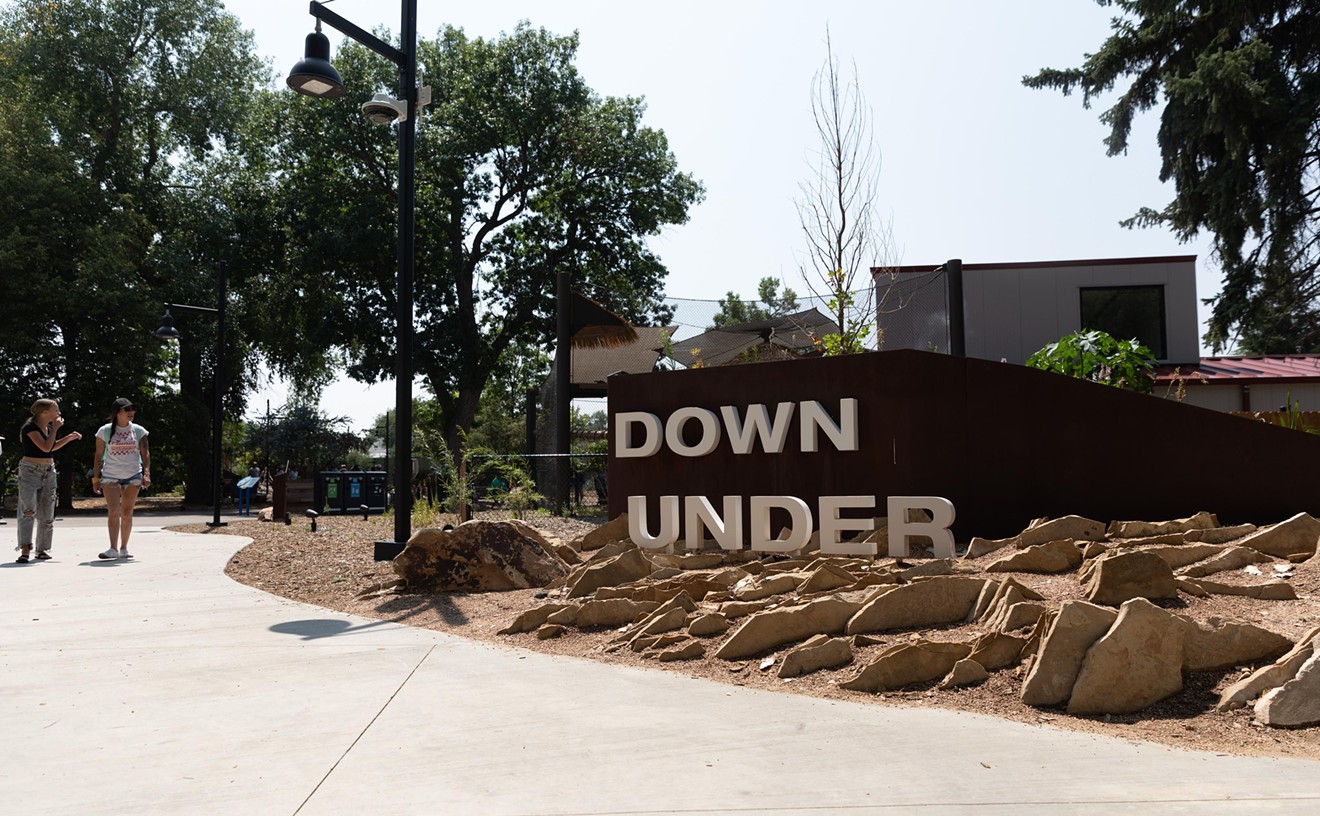On February 16, 1942, President Franklin D. Roosevelt enacted Executive Order 9066, which allowed the removal and relocation of Americans of German, Italian and Japanese descent, out of fear that they would help the enemy. During World War II, 120,000 Japanese and Japanese Americans were forced into internment camps — including one in southeastern Colorado, outside of Granada.
Colorado Governor Ralph Carr opposed the camps, and publicly stated that he considered internment unconstitutional. As thanks for his stance, he lost his re-election bid in 1942, as well as a run to become a U.S. senator in 1950. Today he's remembered by the Ralph L. Carr Colorado Judicial Center, opened in early 2013 in the shadow of the Capitol, where you can learn more about his role.
Here are four more ways to mark Hiroshima Day in Colorado:
Take a Road Trip to Camp Amache
The Granada Relocation Center was the smallest of the country's ten internment camps. It was established in a remote area of Colorado, two miles from Granada and just fifteen miles west of the Kansas border. Originally called the Granada Relocation Center by the War Relocation Authority, it was soon dubbed Amache, after the nearby postal station. Built to accommodate up to 8,000 people, Amache housed 7,318 incarcerated Japanese Americans at its peak in 1943, making it the tenth-largest city in Colorado at that time. During its three years of operation, 10,331 people passed through Amache. Although the original buildings associated with the site were removed or demolished after Amache closed in 1945, the foundations and the road network are still visible today. Amache also includes a historic cemetery, a monument and several reconstructed and restored structures from the camp era. Early on, teacher John Hopper and his Granada High School class did much of the research and restoration, helped by the Town of Granada, the Amache Preservation Society, former incarcerees and their descendants.
In 2022, it became part of the national parks system.
See The Life and Art of Tokio Ueyama
You don't need to travel to southeastern Colorado to learn about Camp Amache. The Life and Art of Tokio Ueyama, a new exhibit in the Western American Art Gallery at the Denver Art Museum, is devoted to work by Tokio Ueyama, who was born in Japan and moved to the United States in 1908, at the age of eighteen. He studied art in San Francisco, southern California and Philadelphia, and was an artist working in Los Angeles when Pearl Harbor was bombed. He and his wife, Suye, were among more than 120,000 Japanese Americans forcibly relocated from the West Coast and into American concentration camps.The Ueyamas landed at Camp Amache, where he taught art classes to 150 adults and created his own pieces. “This exhibition tells a story of a time in Colorado’s history, of a place where Americans experienced dislocation and loss, and, more importantly, displayed unimaginable resilience, tenacity and creativity in the face of prejudice,” says Christoph Heinrich, Frederick and Jan Mayer Director of the DAM. “Stories like that of Tokio Ueyama remind us that there remain many facets of the American West yet to be understood and acknowledged, including the integral role of diverse peoples of Asian descent.”
After the war, the couple returned to Little Tokyo in Los Angeles, where they opened a store and Ueyama continued to create art until his death in 1954.
Visit the Home of Ben's Market
For a more modest look at this ignominious chapter in Colorado history, visit the building that was once home to Ben’s Market. Built in 1894, it was strategically placed along the street car line that ran along York Street and stopped at East 28th Avenue. For decades after World War II, the business was operated by Ben and Susan Okubo, who'd been forced to leave California and were interned at Camp Amache through the war.“They couldn't go back to L.A., because they didn't have anything to go back to,” remembers grandson Derek Okubo. “They left Amache with nothing."
So they came to Denver, where Ben found work in a market and a place for his family in Five Points. In 1951, they bought a former Piggly Wiggly and turned it into Ben's Market, a community gathering place where the couple and their five children all worked. They sold the business in 1961; today the building is the home of Ephemeral Rotating Taproom, which has a comprehensive history of the Okubo family and Ben's Market on its website.
Last month, Historic Denver placed a plaque telling the story of Ben's Market on the building, which had been named to its 50 Actions for 50 Places list.

